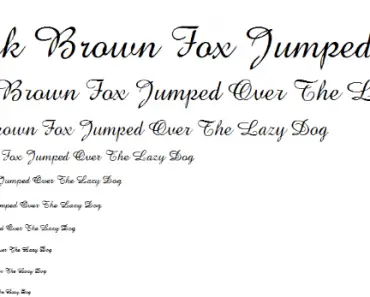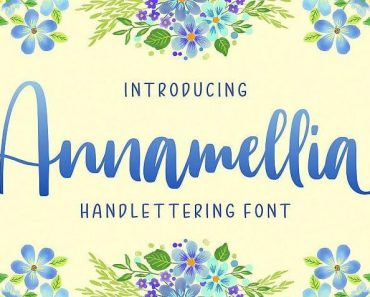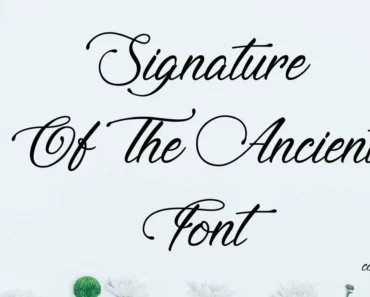Arabic Typesetting Font font provides fine typographic control by marrying the latest OpenType technology to traditional calligraphic and typographic models.
In this font, likely for the first time, the Latin has been adjusted to harmonize with the Arabic looks like madhura font: the ascenders and descenders have been lengthened to echo the proportions of the Arabic extenders.
And the usual impact of capital letters has been reduced by making them a similar weight to the lowercase. It is used in the old days as a typewriter font.
It achieves maximum readability by opening bowls and counters, balancing the proportions of stroke and white space in letters that typically cause problems at small sizes, and by contextually differentiating similar forms.
The font contains over 2,100 glyphs, including contextual alternates, services, ligatures, and language-specific forms.
Design Of Font Arabic Typesetting
Great care was taken in the design and digitization of all outlines. The graceful curves, the dynamic of blunt and rounded terminals, and the contrast between thick and thin strokes are consistent and lively throughout the typeface.
In addition to providing all the correct shapes for quality Arabic typesetting, the same care and consistency have been applied in glyphs that are similar to roff font used for the many other languages, such as Farsi, Urdu, Sindhi, etc. that are written in variants of the Arabic script.

The Arabic glyphs are accompanied by Latin letters designed to achieve a balance of color, weight, and proportion between the two scripts.
Typically, the trend in co-ordinating Arabic and Latin types has been to unhappily force the Arabic to match the proportions of the Latin.





